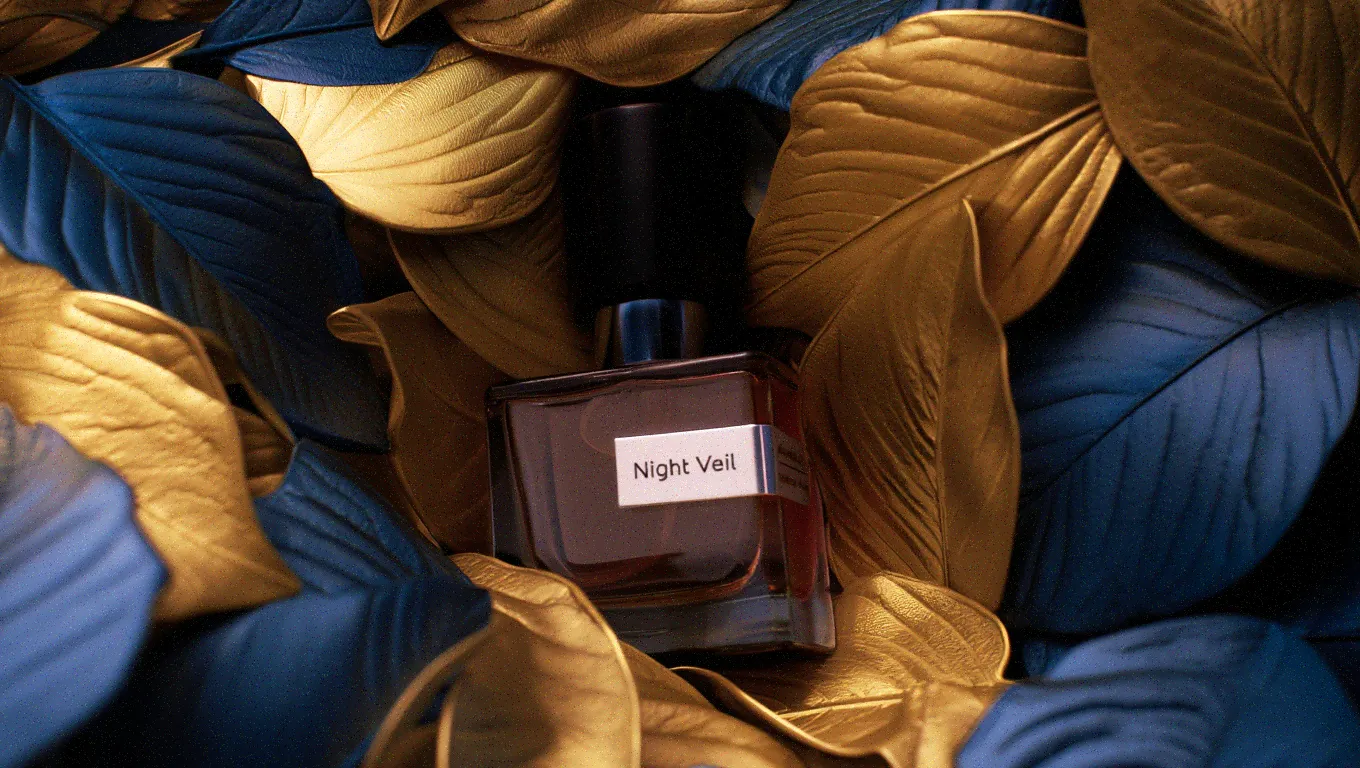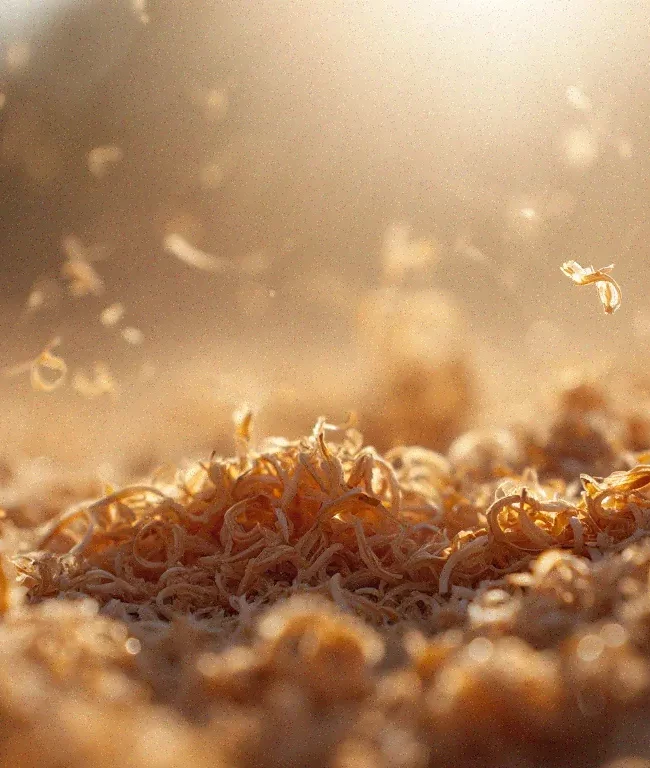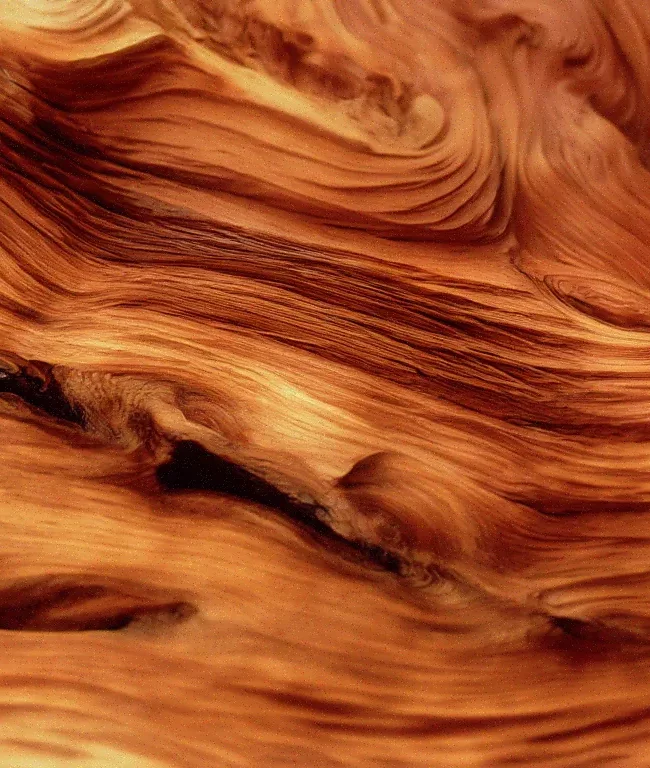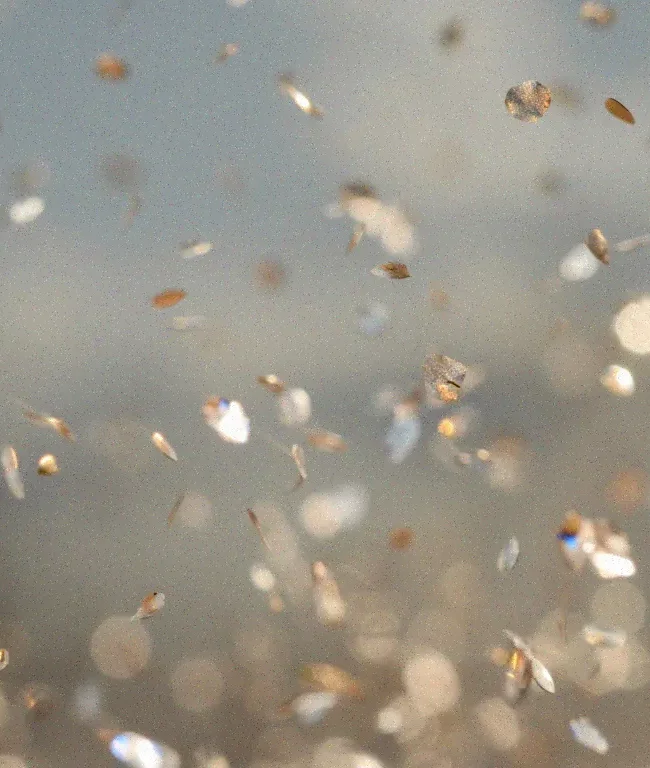
The Alchemy of Scarcity: Defining Elite Materials in Niche Perfumery
I. The Alchemy of Scarcity: Defining Elite Materials in Niche Perfumery
A. The Niche Ethos: Prioritizing Purity, Provenance, and Craftsmanship
Niche perfumery fundamentally distinguishes itself from mass-market fragrance by its dedication to the ingredient itself, moving beyond cost-saving shortcuts and relying on synthetic compounds. This segment prioritizes the use of rare, natural, and ethically sourced materials, requiring perfumers to commit substantial resources to securing the finest available stock. This dedication elevates the material from a mere commodity to a core element of the fragrance’s narrative, imbuing it with a story of origin, integrity, and exceptional quality. Materials such as Grasse jasmine absolute, Mysore sandalwood oil, and natural ambergris are valued not only for their inherent complexity but also for the extreme lengths taken to source them responsibly.
This commitment to responsible practices, which includes stringent ethical sourcing and supply chain tracing, directly translates into a higher cost of goods, making sustainable niche perfumes inherently less accessible to mass markets. The integrity and artistry of these fragrances must also be maintained amid complex regulatory environments, including IFRA guidelines, EU Cosmetic Regulation, and FDA requirements.
B. The Economics of Elegance: Factors Driving Extreme Ingredient Costs
Rarity in fine fragrance is a sophisticated metric defined by a calculated composition of factors beyond simple botanical scarcity. It is determined by the complexity of specialized extraction, intricate manufacturing processes, cultural resonance, and a strategic limit on production quantities designed to reinforce exclusivity and enhance perceived value. The expense of high-end niche fragrances primarily reflects the investment channeled directly into the raw materials, their complex sourcing logistics, and the skilled labor required for transformation. For example, niche perfumers undertake journeys to specific regions, such as North Africa for orange tree flower essence or Indonesia for Gaiac wood extract, ensuring the provenance and quality of the materials.
The Constraint of Volumetric Yield
The most fundamental determinant of high material cost is the extremely low volumetric yield achievable from a significant volume of raw material. This challenge is severely exacerbated when harvests are naturally constrained by ecological factors, climate variability, or limited agricultural capacity. When production is limited by the amount of raw materials obtainable each year, the final fragrances are often produced in significantly low quantities, sometimes only arriving in boutique stores in batches of one or two units annually.
Regulatory Compliance Overhead (The ‘Purity Premium’)
Adherence to strict global regulatory frameworks is a major cost driver. Compliance with safety and environmental standards, such as CITES restrictions and FTC guidelines, necessitates extensive testing, verifiable transparency, and complex supply chain management. This mandatory oversight and certification process—required to maintain the legal and verifiable purity of natural materials—significantly increases the final commercial cost of the ingredient.
The economic necessity of rare materials is linked intrinsically to ethical sourcing. Unethical practices, such as unsustainable farming, deforestation, or the exploitation of workers through unfair wages, allow for cheaper, readily available material alternatives. However, choosing sustainable and ethical suppliers necessitates paying fair wages, implementing eco-friendly practices, and mitigating environmental damage. These socially responsible practices inherently restrict the available supply volume and increase the direct cost of goods. Consequently, ethical commitment becomes a direct economic bottleneck to mass production, resulting in high cost and limited availability, which, by definition, reinforces the material’s rarity.
C. The Regulatory Landscape: Constraints on Natural Supply
The international regulatory landscape imposes critical constraints on the supply of threatened natural ingredients, creating what can be termed “legal scarcity.”
CITES and Legal Scarcity
International trade restrictions, specifically the CITES (Convention on International Trade in Endangered Species) listing for vulnerable species, such as Santalum album (Mysore Sandalwood), do not constitute a complete ban on trade. However, they impose stringent controls and require complex permits and certification processes for international trade. This necessitates that sourcing must be managed by specialized, compliant suppliers who are capable of navigating the complex regulatory landscape, offering buyers assurance that their product is legally traded. This necessary diligence adds a significant layer of expense and restricts the pool of available, legally verified material.
The Ecological Cost of Extraction
Beyond regulatory compliance, the responsible pursuit of high-purity natural oils must account for the ecological footprint of extraction. The distillation and solvent extraction processes required to capture essential oils and aromatics often demand significant energy and water consumption. For a responsible niche house, the material cost must incorporate measures taken to mitigate this carbon footprint and manage the waste generated during processing. This necessary internalizing of environmental costs further adds to the final price structure of rare naturals, differentiating them from materials produced using processes that disregard ecological impact.
II. Pillars of Provenance and Price: Analyzing Key Macro-Materials
A. Rose Ottos (Ruh Gulab and Absolute): The Sovereign Flower
The extreme expense of authentic Rose Otto, or pure rose essential oil, is fundamentally rooted in the labor-intensive, time-sensitive nature of its harvest and distillation. Rose flowers must be harvested manually, daily, and critically, the entire operation must be completed before sunrise. This strict timing prevents the loss of volatile oil through natural evaporation, imposing severe logistical constraints and high labor costs. Typical flower yields range from 2,000 to 3,000 kg/ha/year in sub-tropical climates and 4,000 to 5,000 kg/ha/year in temperate regions.
Ruh Gulab: The Art of Co-Distillation
The traditional preparation of Ruh Gulab, or Rose Attar, particularly in Kannauj, India, demonstrates a compounded material cost. Ruh Gulab is crafted using the historic Deg and Bhapka method, which employs copper kettles (deg) and receivers (bhapka) connected by a bamboo conduit (chonga). Crucially, this is not simple rose oil extraction; it is a complex co-distillation of Rosa Damascena directly into a base of Santalum album (Sandalwood) oil. This co-distillation process shifts the olfactory profile of the Rose Otto into the Oriental family, yielding a scent characterized by creamy, woody, and classic Rose notes. The rarity and expense of Ruh Gulab are therefore magnified, as its production requires combining two of the most costly natural ingredients—low-yield rose petals and CITES-restricted, premium sandalwood oil—within a specialized, time-consuming, handcrafted method.
B. Ouds (Agarwood Resin): The Dark Majesty of Wood
The valuation of genuine Agarwood resin and its resulting oil (Oud) is benchmarked by two key factors: the density of the resinous infection and the age of the wood. High-grade agarwood, characterized by dense resin, commands a price that is 20 to 50 times greater than that of lower-grade material. The purest Oud oils, typically sold by the tola (approximately 12ml), can reach prices up to 1.700 EUR per tola for premium aged stock.
The Significance of Provenance and Aging
The qualitative distinction between true niche Oud and common plantation oil is vast and critical to understanding the high price points; it is analogous to comparing a thirty-year-old Barolo to a young Chianti. The chemical and aromatic complexity derived from natural aging is currently non-replicable.
- Wild Hindi (Assam) Oud: Highly valued for its heavy, complex profile, often described as leathery, fermented, and regal. Well-aged examples, such as Assam 3000, exhibit a nuanced opening, presenting medicinal, honey, cinnamon, and white flower notes, often incorporating a “very clean barnyard” facet that is considered highly desirable.
- Wild Cambodian Oud: Celebrated for a more ‘conciliatory’ olfactory profile, featuring pronounced juicy, fruity, and honey aromas. However, the original wild sources of Aquilaria Crassna were aggressively harvested and often exterminated for oil production in past decades, making true, high-quality wild Cambodian Oud today an ingredient of extreme rarity.
The rapid depletion of the original wild Cambodian Oud sources and the subsequent necessity of cultivating species like Agallocha outside their native Assam region indicate a critical trend. The perfumery market is losing access to certain irreplaceable geographic signatures, or olfactory terroirs. The sustained, ultra-high price of surviving wild, aged material directly reflects its status as a finite, non-renewable olfactory resource whose complex, layered profile cannot be artificially or agriculturally engineered.
Valuation Benchmarks for Genuine Aged Agarwood (Oud) Oil
| Oud Category | Primary Source | Rarity Determinant | Olfactory Characteristics | Price Range Index |
|---|---|---|---|---|
| Kinam/Kyara | Rare Wild Vietnamese/Burmese | Highest Resin Content, Aged 50+ Years | Medicinal Incense, Cool Sweetness, High Frequency Complexity | Extreme (Top Tier) |
| Wild Hindi/Assam | Northeast India (Agallocha) | Wild Harvest, Aged, High Barnyard Nuance, Regal | Fermented Leather, Medicinal, Cinnamon/Mint, White Flowers | Very High (EUR 260-1,700/tola) |
| Wild Cambodian | Cambodia (Crassna) | Wild Harvest (Often Extinct/Rare) | Juicy, Fruity, Honeyed, Soft Wood, Conciliatory Scent | Very High (Mid Tier) |
| High-Grade Plantation | Managed Aquilaria Species | Controlled Inoculation, High Resin Density | Clean Wood, Sweet Spice, Accessible, Lacks Depth of Age | High (Lower Tier) |
C. Attars and Aged Carriers: The Fixative Soul
Traditional attars derive much of their creaminess, depth, and phenomenal longevity from the carrier material, typically high-quality Sandalwood oil, specifically Santalum album. Historically, over-harvesting led to the endangerment of the original Mysore Sandalwood supply. This ecological constraint and the resulting CITES listing have mandated a shift toward securing oil from expensive, ethically managed sources, such as large-scale, sustainable cultivation established in Australia, which meets FDA botanical requirements.
The apex of attar expense is found in materials utilizing extremely aged carriers. An example is Choya Nak attar, produced by co-distillation of roasted seashells into 33-year aged Mysore Sandalwood. This ancient carrier oil was derived from logs estimated to have started growth in the very early 1900s. This immense combined rarity—an extremely old, CITES-restricted carrier with an esoteric, hand-prepared distillate—yields a profile of immense complexity that evolves over a week or more on the strip. The notes include “roasted seashells, Tuscan leather, mosses, sea air, wet gravel, and deer musk grains,” all anchored by an exceptionally “creamy buttery sandalwood” base. The complex preparation of the base, involving the washing, sun-drying, baking with sand, and crushing of shells before distillation, adds significantly to the irreplaceable production cost.
III. The Quintessence of Rarity: A Taxonomy of Challenging Floral Absolutes
Many highly coveted floral materials in niche perfumery are defined not by the fame of their source, but by the technical and economic difficulties inherent in capturing their complete aromatic signature. This analysis focuses on the relative scarcity, cost indices, and unique olfactive profiles of the specified rare florals.
A. The Honeyed Veil: Nigella Damascena (Love-in-a-Mist)
Nigella Damascena, though derived from a common annual garden plant known as love-in-a-mist or devil in the bush, yields an absolute that is both rare and powerful. The material is produced via solvent extraction of the French seeds and is deep yellow with a sticky viscosity. Its defining profile is an exquisite concentration of sweet syrup, acacia honey, brown sugar, and rich cooked fruit notes, specifically stewed apples and powerful peach, with a base reminiscent of beeswax and candyfloss.
Though not defined by ecological scarcity, its rarity is justified by its highly specialized application and significant wholesale price (approximately 1000 Euros per 100G). Its potent, penetrating nature makes it indispensable for defining nuanced honey/beeswax accords and complex fruity bases, blending effectively with materials like linalool, nerol, and ylang ylang oil, and is used effectively even at sub-one percent concentrations.
B. The White Florals of Impossibility: Aglaia, Champaca, Frangipani, and Lotuses
The expense of these materials is driven primarily by the fragility of the flower structure and the inherent difficulty of extraction.
- Aglaia Flower (Aglaia odorata – Rice Flower): This is categorized as Tier 1 Rarity. The scent, famously subtle and elusive, featuring notes of lemon and green tea alongside a delicate rice flower quality, is highly volatile. Its primary rarity driver is the technical challenge of capture, as standard extraction methods destroy the complexity or yield microscopic returns, necessitating prohibitive costs for quality material.
- Champaca (Michelia champaca): The absolute requires immense, delicate labor to harvest the fresh, fragile blossoms. The resulting complex profile blends creamy white floral attributes with facets of spiced apricot, leather, and green tea. The cost reflects the difficulty in efficiently stabilizing this expansive note profile via CO2 or solvent extraction.
- Frangipani (Plumeria spp.): Coveted for its heady, creamy, tropical, and tuberose-like signature. Like Champaca, the extreme fragility of the petals and the naturally low oil concentration demand highly skilled, specialized manual harvest and low-temperature processing, placing it in the high-cost tiers.
- Lotuses (Nymphaea spp.): The extreme cost is unique because it is driven by logistics. The manual labor required to harvest petals individually from aquatic environments adds significant logistical overhead to the already challenging low-yield extraction process. The resulting aqueous, spiritual, clean, and earthy profile is prized for its distinction in composition.
C. The Elusive Echoes: Boronia, Genet, and Honeysuckle
These materials are defined by specialized growing conditions, chemical composition, or technical extraction difficulties.
- Boronia Absolute (Boronia megastigma): A Tier 1 Rarity, its supply is highly constrained by its extremely limited growing region (primarily Tasmania/Australia) and its low yield. It is chemically unique due to a high concentration of Ionones, providing not only a violet component but also rich, fruity, and tea-like modifiers, making it a high-impact, irreplaceable component in fine fragrance.
- Genet (Broom Absolute, Spartium junceum): Highly specialized and expensive due to low yield and seasonality. Its potent profile, often described as hay, sweet-green, and deeply leathery, makes it a critical modifier used to bridge delicate florals with more earthy or animalic foundational notes.
- Honeysuckle (Lonicera spp.): While the plant is widespread, the expense of its absolute stems from the technical difficulty in capturing the true-to-life spectrum of its highly volatile compounds. To achieve a satisfactory, complete Honeysuckle profile, complex, low-efficiency methods, such as traditional enfleurage or specialized low-temperature solvent extraction, are often required, resulting in a poor extraction economy.
Rarity Index and Olfactory Profile of Key Challenging Floral Absolutes
| Botanical Material | Primary Rarity Driver | Extraction Challenge | Cost Index | Defining Olfactory Notes |
|---|---|---|---|---|
| Boronia (B. megastigma) | Extremely Low Yield, Limited Terroir | Solvent, High Ionone Concentration | Ultra High (Tier 1) | Violet Ionones, Fruity-Tea, Hay/Tobacco |
| Aglaia Flower (A. odorata) | Extreme Volatility Loss, Microscopic Yield | Specialized Solvent/Enfleurage | Ultra High (Tier 1) | Subtle Rice Flower, Lemon, Honeysuckle, Green Tea |
| Lotuses (Nymphaea spp.) | Manual Aquatic Harvest, Petal Delicacy | Laborious Solvent Extraction | Very High (Tier 2) | Aqueous, Clean Green, Phenolic/Earthy, Spiced |
| Champaca (Michelia spp.) | Fragility, Labor-Intensive Harvest | Solvent/CO2 Extraction | Very High (Tier 2) | Tea, Leather, Green-Spiced Apricot, Creamy-Floral |
| Frangipani (Plumeria spp.) | Fragile Harvest, Low Oil Content | Solvent Extraction | Very High (Tier 2) | Creamy, Tropical, Almond, Tuberose, Peach |
| Nigella Damascena | Specific Terroir, Specialist Application | Solvent Extraction (Seed/Flower) | High (Tier 3) | Honey, Beeswax, Stewed Apple, Peach, Candyfloss |
| Genet (S. junceum) | Low Yield, Seasonality, Potent Character | Solvent Extraction (Concrete/Absolute) | High (Tier 3) | Hay, Sweet-Green, Leathery, Tuberose-like nuances |
| Honeysuckle (Lonicera spp.) | Difficulty Capturing True Volatility | Enfleurage or High-Tech Solvent | High (Tier 3) | Sweet, White Floral, Green-Tuberose, Nectarine |
IV. The Shadow of Scarcity: Ethical and Alternative Futures
A. The Dilemma of Animalics: Transitioning to Modern Substitutes
The extreme rarity of certain historical materials is now driven by ethical and legal restrictions. Traditional animal-derived fixatives, such as Musk sourced from musk deer and natural Ambergris (sourced from sperm whales), are largely prohibited due to evolving global species protection laws and ethical mandates. This effectively eliminates a foundational historical category of natural rarity from modern perfumery practice.
The necessity of replacing these unique fixative profiles—which provided unparalleled depth and longevity—has become a primary catalyst for innovation within high-end perfumery. The success of molecules like Ambroxan, a synthetic compound, demonstrates that it is possible to replicate the essential olfactory properties, depth, and complexity of natural ambergris. Ambroxan offers a compelling and ethical option, proving that synthetic solutions can be developed without compromising the artistry and intricacy of fine fragrance composition.
When regulatory and ethical pressure mandates the elimination of a traditional natural material, the industry must respond by marrying scientific precision with artistic expression. The triumph of clean molecules like Ambroxan shows that scarcity in the natural world can force the development of specialized chemical artistry to recreate the required depth and complexity. This elevates the synthetic replacement to a specialized, high-cost manufacturing commodity, effectively transferring the “rarity value” from the physical resource to the scientific expertise required for high-purity molecular engineering.
B. Transparency and Fair Trade Mandates
In the contemporary niche market, the procurement of rare materials is inseparable from corporate responsibility. Verifiable transparency—including knowing the oil’s origin, the method of harvest, and the impact on the local community—is now considered as critical to quality as purity itself. Brands must be vigilant against misleading environmental claims (“greenwashing”), as regulatory bodies like the Federal Trade Commission (FTC) increasingly scrutinize sourcing practices.
The economic valuation of rare materials must also internalize the true cost of human labor. Ethical scrutiny now highlights that even materials derived from non-endangered botanicals, such as Vanilla, Patchouli, and Sandalwood, have historically been linked to exploitative labor practices where farmers receive unfair compensation. The premium price paid for legitimate niche materials must, therefore, cover the necessary expense of fair trade certification and ethical labor compensation to avoid catastrophic reputational damage.
V. Conclusion: The Responsible Pursuit of the Exquisite
The most prized and costly natural ingredients in niche perfumery—whether the creamy woodiness of 33-year-aged Mysore Sandalwood attar, the regal fermentation of Wild Hindi Oud, or the elusive violet-tea scent of Boronia—are not merely commodities. They represent the cumulative investment of decades of patience, specialized human labor, stringent regulatory navigation, and deep respect for geographic and biological limitations.
For the modern perfumery house, the definition of an elite material is rapidly evolving from simple geographic scarcity to ethical and environmental sustainability. The mandate moving forward involves a strategy of responsible patronage: investing proactively in sustainable cultivation and ethical supply chains to secure the future of threatened naturals, such as Santalum album, while simultaneously embracing high-impact, clean synthetic materials, like Ambroxan, where natural extraction is ecologically or ethically prohibitive. The ultimate artistry of niche perfumery is increasingly defined not just by the complexity of the fragrance formula, but by the verifiable integrity of the materials and the conscience applied to their sourcing.




